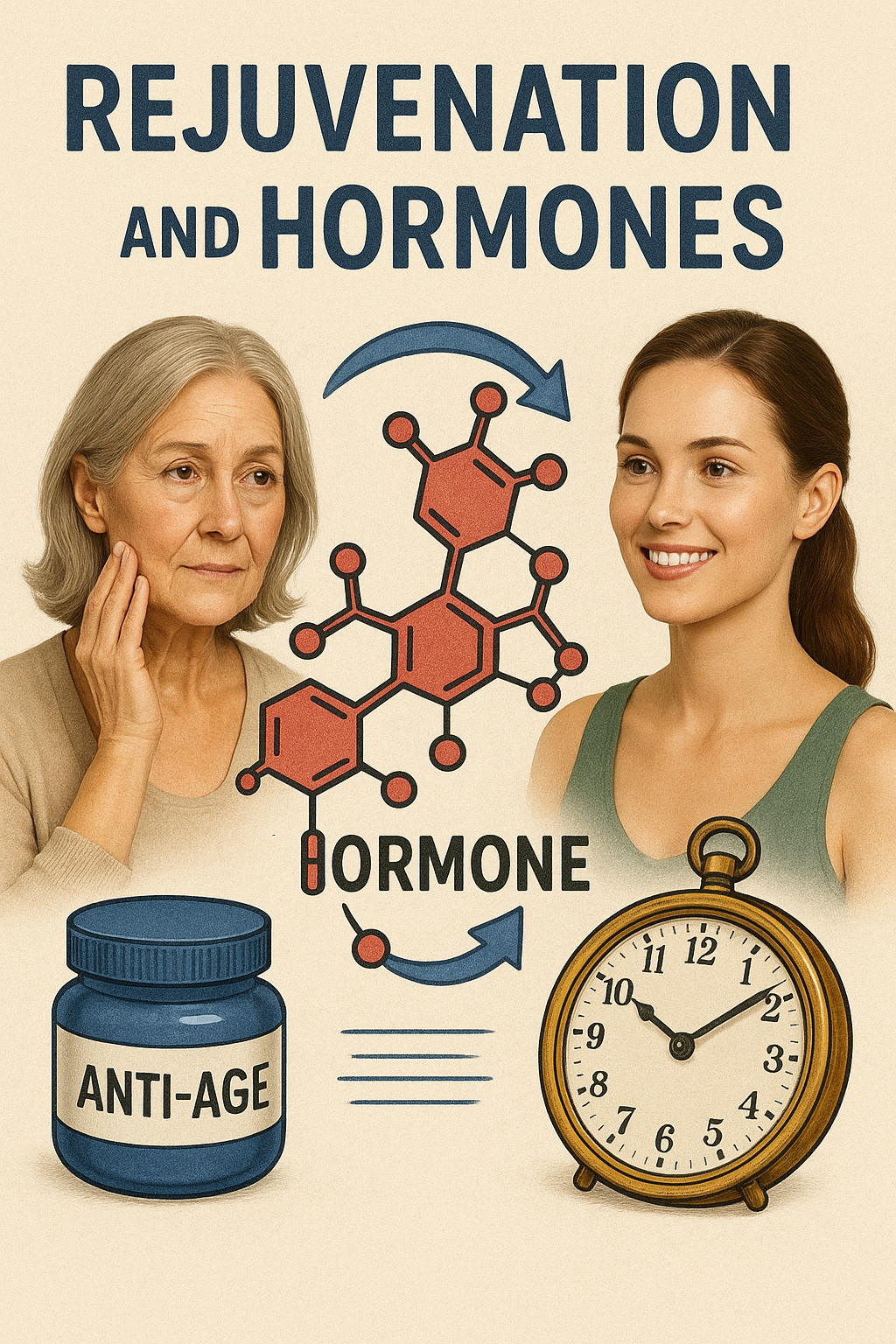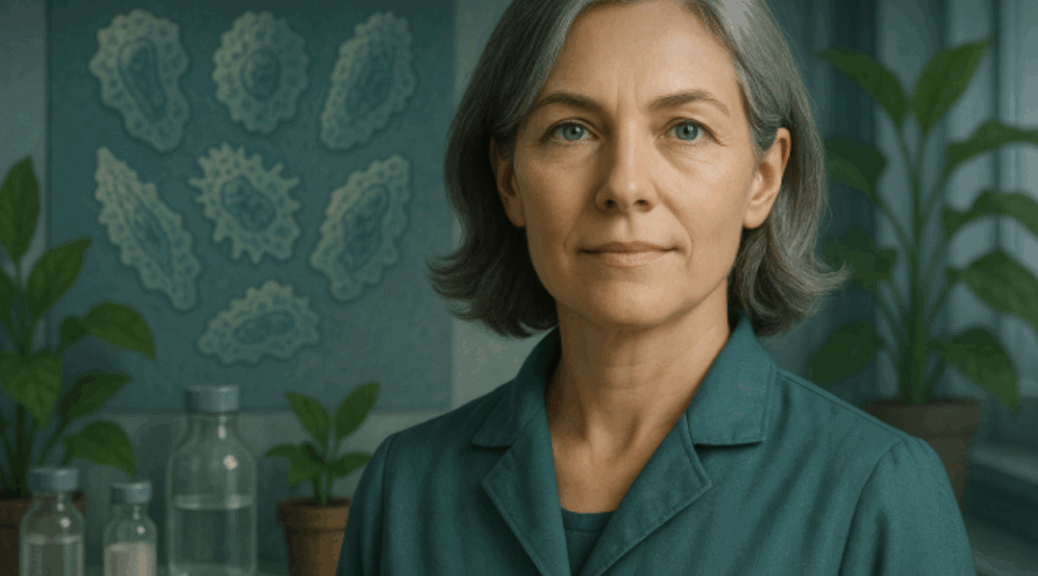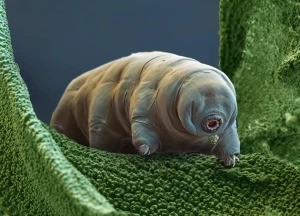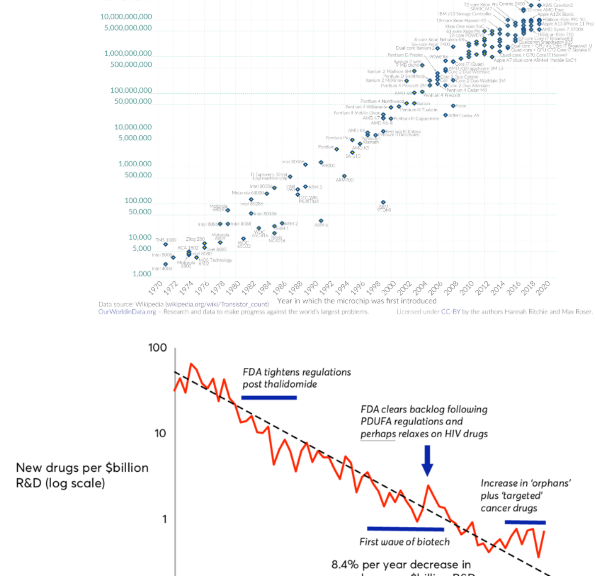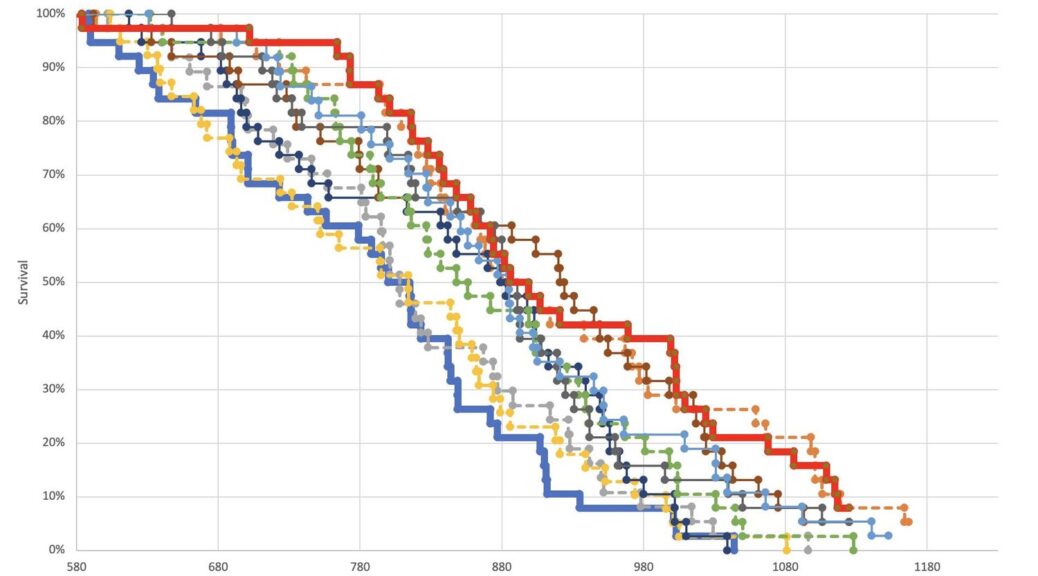When I started 25 years ago, I would have answered that it is not possible to reverse [ageing], but with the latest advances and everything that is being done with regenerative medicine, stem cells, etc., I believe that it can be reversed in part, right? That we can reverse some things. That is what we have seen in animals. Consuelo Borras, Spanish scientist working in the longevity field, 2025 (source)
This month’s theme: The effect of hormones on aging
Hormones are powerful regulators of many essential processes in the body, from metabolism and muscle maintenance to mood, immunity, and bone density. As we age, levels of key hormones such as DHEA, estrogen, testosterone, growth hormone, and cortisol shift significantly. These changes can accelerate physical and cognitive decline, increase the risk of chronic diseases, and reduce overall resilience. However, growing research suggests that by understanding and potentially modulating these hormonal shifts through lifestyle, supplementation, or targeted therapies, we may be able to slow the aging process and support healthier, longer lives.
In this context, several physicians, most notably Dr. Thierry Hertoghe, Dr. Neal Rouzier, and Dr. Abraham Morgentaler, advocate for the use of bioidentical hormones, which are structurally identical to those produced by the human body. Dr. Hertoghe emphasizes personalized hormone replacement to restore youthful levels and prevent age-related decline. Dr. Rouzier promotes a science-based, individualized approach to optimize hormonal balance while minimizing risks. Dr. Morgentaler has challenged long-standing concerns about testosterone, showing that when properly managed, it can enhance metabolic, sexual, and mental health without increasing prostate cancer risk. Collectively, their work supports a proactive, hormone-centered strategy for healthy aging.
To delve deeper into the role of hormones in aging, it is essential to explore specific hormones and their impacts.
What is DHEA?
DHEA (dehydroepiandrosterone) is a natural steroid hormone primarily produced by the adrenal glands. It acts as a precursor to sex hormones, including estrogen and testosterone. DHEA levels peak in early adulthood and decline progressively with age, dropping to 10–20% of peak levels by age 70–80. Low levels are associated with adrenal insufficiency, chronic diseases, acute stress, and anorexia. In the 2010s, some studies suggested that higher circulating DHEA might be linked to longevity and healthy aging. However, the clinical benefits of DHEA supplementation in the elderly remain uncertain and under investigation.
The role of DHEA in health and aging
One area where DHEA shows promise is in supporting women during and after menopause. Studies have found that DHEA supplementation can raise levels of hormones like estradiol and testosterone in postmenopausal women. This hormonal boost may lead to improvements in body composition, mood, energy, and overall well-being, potentially easing the transition through menopause.
Beyond menopause, this hormone may also contribute to healthy aging more broadly. In animal studies, combining it with stem cells derived from human umbilical cords has been shown to reduce inflammation and slow uterine aging in mice. These results point to its potential in anti-aging therapies, especially when used alongside regenerative treatments such as stem cell therapy. In addition to its hormonal role, this compound has neuroprotective properties. Research suggests it may help preserve cognitive function with age and possibly lower the risk of mental decline. It’s also being explored as a biomarker of aging, a biological indicator of how the body is progressing over time.
Bone health is another area where it shows promise. Both the original molecule and its sulfate form, DHEAS, have been associated with greater bone density and a reduced risk of fractures in older adults. These findings suggest it could help prevent osteoporosis and maintain skeletal strength as we age.
This hormone plays a role in regulating the immune system by modulating both innate and adaptive responses. It also helps manage the body’s reaction to stress by interacting with cortisol, the main stress hormone. The balance between the two is believed to be vital for maintaining both physical and mental well-being, especially in situations of prolonged stress.
Clinical trials show that some supplements, including DHEA, can raise testosterone and estradiol in a dose-dependent way, meaning that hormone levels increase proportionally with the administered dose. However, many studies use low doses, possibly limiting observed benefits like improved muscle mass, bone density, and cognition. Doses over 50 mg/day of DHEA increase testosterone more effectively, but may also raise estrogen levels.
Research shows that DHEA has variable effects on cancer (positive or negative) depending on the type and context.
Growth Hormone, IGF-I, and aging
Growth hormone (GH) and its mediator insulin-like growth factor 1 (IGF-1) decline with age, contributing to reduced muscle mass, bone density, and quality of life in the elderly. Regular physical exercise can stimulate the GH/IGF-1 axis, supporting healthier ageing and improved physical function. However, overactivation of this pathway may increase the risk of certain chronic diseases over time. In animal models, exercise has been shown to preserve muscle function by positively modulating this hormonal system, delaying muscular ageing. Paradoxically, GH deficiency can lead to delayed aging and increased healthspan in several mammalian species, where adult body size (GH-dependent) negatively correlates with longevity. While GH receptor knockout (GHR-KO) mice are the longest-lived laboratory mice known, this longevity effect does not extend to humans with GH deficiency or resistance, although they exhibit reduced age-related disease and improved healthspan. Notably, GHR gene inactivation also reveals sex-specific differences in longevity and metabolism.
Hormonal and nutritional factors in diseases and aging
Several hormonal and nutritional changes associated with aging contribute to the progressive decline in muscle mass and function known as sarcopenia, as well as to broader musculoskeletal, metabolic, and cognitive impairments. IGF-1 levels decrease with age, reducing muscle anabolism, bone density, and metabolic efficiency. In men, testosterone decline is linked to losses in both muscle mass and strength, while in women, estrogen deficiency after menopause also negatively affects muscle and bone, which could lead to osteoporosis. Other endocrine factors, such as DHEA, which also declines with age, may play a role in sarcopenia due to its anti-inflammatory and antioxidant properties. However, its precise impact remains under investigation. Thyroid hormone imbalances may also affect muscle metabolism, although their exact role in sarcopenia remains unclear.
In addition to hormones, micronutrients are crucial for maintaining physiological function with age. The interplay between declining hormone levels and nutrient deficiencies increases vulnerability to age-related disorders. While hormonal and dietary interventions may help slow these effects, they should be individually tailored and medically supervised.
Cortisol, exercise, sleep, and aging
Cortisol, a hormone regulated by the hypothalamic-pituitary-adrenal (HPA) axis, plays a central role in the body’s stress response and aging. Elevation of cortisol in older adults is linked to cellular aging and increased inflammation, which contribute to metabolic and cognitive decline. An imbalance marked by high cortisol and low DHEA is associated with greater risks of sarcopenia, obesity, neurodegeneration, and immune dysfunction.
Importantly, regular physical activity improves cortisol regulation by reducing HPA axis hyperactivity, a common feature of aging. Six months of aerobic training has been shown to enhance the cortisol awakening response in older adults, and those who exercise most show biological aging markers nearly nine years younger than their sedentary peers.
Sleep quality, often compromised with age, is closely tied to cortisol dynamics. Poor sleep increases cortisol levels and the risk of sarcopenia, while adequate sleep buffers diurnal cortisol elevation and improves hormonal balance. Physical exercise also enhances sleep, reinforcing this beneficial cycle.
Together, exercise and good sleep hygiene contribute to more effective cortisol regulation, offering protective effects against multiple age-related conditions and slowing aspects of biological aging.
Bioidentical hormones
Chemically identical to human hormones, bioidentical hormones are used in hormone replacement therapy (HRT) to address age-related declines. Derived from plants, they are tailored to individual needs and can alleviate menopausal symptoms like hot flashes and mood swings. These hormones may also improve bone density, cognitive function, and cardiovascular health, potentially slowing aging. However, their long-term effects on aging and longevity are still under investigation, with mixed findings on safety and efficacy.
Conclusion
Hormonal changes with age, such as declines in IGF-1, sex hormones, vitamin D, and imbalances in cortisol, contribute to many age-related disorders. Regular physical activity, a balanced diet, and good sleep help regulate these hormones, supporting healthier aging. Monitoring and addressing these changes can promote better function and quality of life in older adults. Additionally, emerging research on hormones like DHEA shows potential benefits for menopausal women, bone health, and cognitive function, though its effects on cancer vary and require further investigation. While these hormones play an important role in the mechanisms of aging, and even if some “anti-aging doctors” propose those therapies, no definitive evidence has yet shown that they can increase lifespan.
The good news of the month : Big Strides in Longevity: $101M XPRIZE Race. CRISPR Baby
The $101 million XPRIZE Healthspan competition has named 40 semifinalists worldwide. These teams aim to reverse aging by at least 10 years in key functions like strength, cognition, and immunity in just one year of treatment. Winners will receive major funding to bring their therapies to life
A groundbreaking milestone in gene therapy has just been reached: a 9-month-old boy named KJ is the first person to receive a personalized CRISPR treatment, designed to fix a rare and deadly genetic liver disorder (CPS1 deficiency). The therapy was delivered directly to his liver cells with promising early results. This therapy was developed at the Children’s Hospital of Philadelphia in only a few months (including tests on mice and on monkeys)!
For more information

